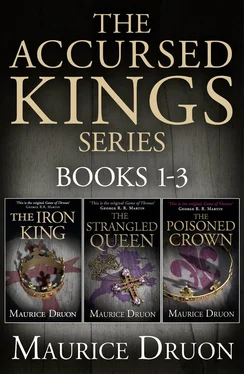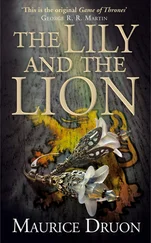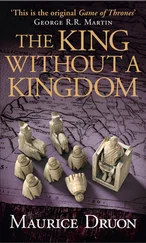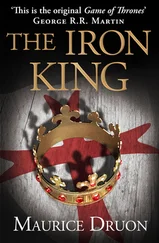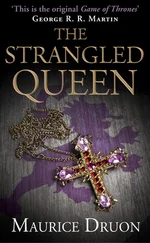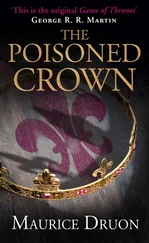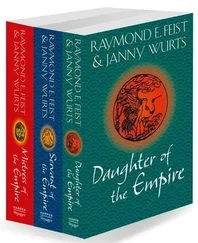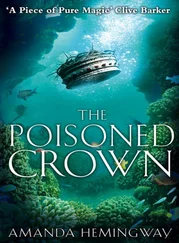THE TEMPLARS:
JACQUES DE MOLAY, aged 71, Grand Master of the Order of Knights Templar.
GEOFFROY DE CHARNEY, Preceptor of Normandy.
EVERARD, one-time Knight of the Order of Templars.
THE LOMBARDS:
SPINELLO TOLOMEI, a Siennese banker living in Paris.
GUCCIO BAGLIONI, his nephew, aged about 18.
THE BROTHERS AUNAY:
GAUTIER, son of the Chevalier d’Aunay, aged about 23, Equerry to the Count of Poitiers.
PHILIPPE, his brother, aged about 21, Equerry to the Count of Valois.
THE CRESSAY FAMILY:
DAME ELIABEL, widow of the Squire of Cressay, aged about 40.
PIERRE AND JEAN, her sons, aged 20 and 22.
MARIE, her daughter, aged 16.
AND THESE:
JEAN DE MARIGNY, Archbishop of Sens, younger brother of Enguerrand de Marigny.
BEATRICE D’HIRSON, first lady-in-waiting to the Countess Mahaut, aged about 20.
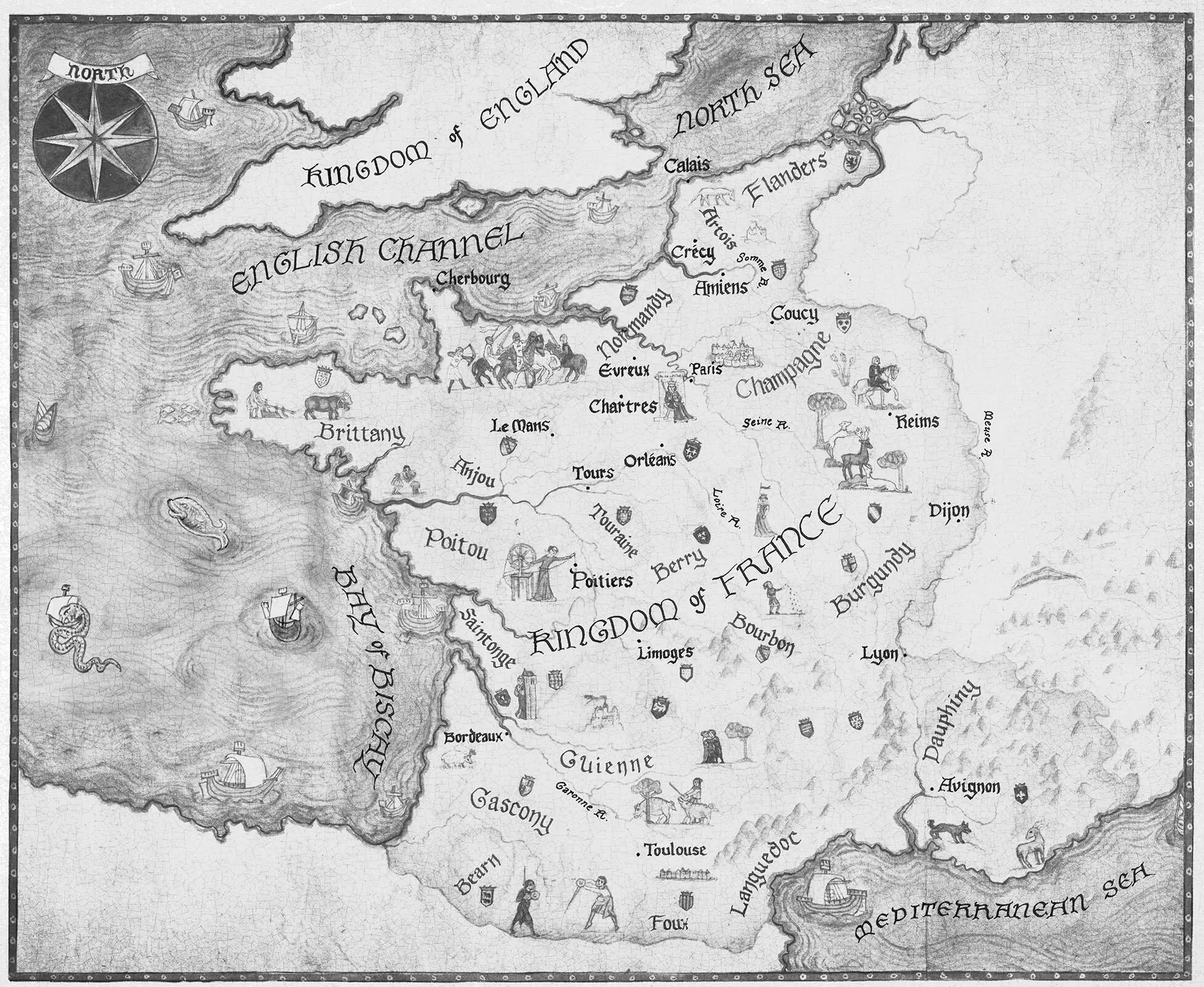
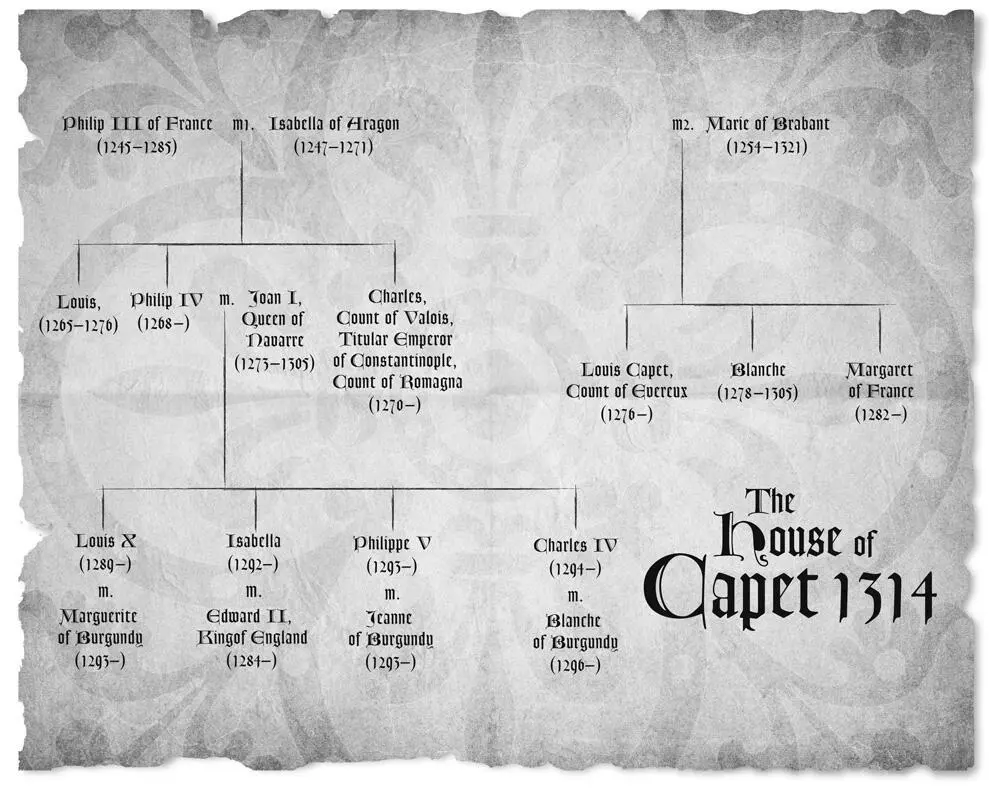

The Grand Master felt surging within him one of those half-crazy rages which had so often come upon him in his prison, making him shout aloud and beat the walls. He felt that he was upon the point of committing some violent and terrible act – he did not know exactly what – but he felt the impulse to do something.
He accepted death almost as a deliverance, but he could not accept an unjust death, nor dying dishonoured. Accustomed through long years to war, he felt it stir for the last time in his old veins. He longed to die fighting.
He sought the hand of Geoffroy de Charnay, his old companion in arms, the last strong man still standing at his side, and clasped it tightly.
Raising his eyes, the Preceptor saw the arteries beating upon the sunken temples of the Grand Master. They quivered like blue snakes.
The procession reached the Bridge of Notre-Dame.

At the beginning of the fourteenth century, Philip IV, a king of legendary personal beauty, reigned over France as absolute master. He had defeated the warrior pride of the great barons, the rebellious Flemings, the English in Aquitaine, and even the Papacy which he had proceeded to install at Avignon. Parliaments obeyed his orders and councils were in his pay.
He had three adult sons to ensure his line. His daughter was married to King Edward II of England. He numbered six other kings among his vassals, and the web of his alliances extended as far as Russia.
He left no source of wealth untapped. He had in turn taxed the riches of the Church, despoiled the Jews, and made extortionate demands from the community of Lombard bankers. To meet the needs of the Treasury he debased the coinage. From day to day the gold piece weighed less and was worth more. Taxes were crushing: the police multiplied. Economic crises led to ruin and famine which, in turn, caused uprisings which were bloodily put down. Rioting ended upon the forks of the gibbet. Everyone must accept the royal authority and obey it or be broken by it.
This cruel and dispassionate prince was concerned with the ideal of the nation. Under his reign France was great and the French wretched.
One power alone had dared stand up to him: the Sovereign Order of the Knights Templar. This huge organisation, at once military, religious and commercial, had acquired its fame and its wealth from the Crusades.
Philip the Fair was concerned at the Templars’ independence, while their immense wealth excited his greed. He brought against them the greatest prosecution in recorded history, since there were nearly fifteen thousand accused. It lasted seven years, and during its course every possible infamy was committed.
This story begins at the end of the seventh year.

Конец ознакомительного фрагмента.
Текст предоставлен ООО «ЛитРес».
Прочитайте эту книгу целиком, купив полную легальную версию на ЛитРес.
Безопасно оплатить книгу можно банковской картой Visa, MasterCard, Maestro, со счета мобильного телефона, с платежного терминала, в салоне МТС или Связной, через PayPal, WebMoney, Яндекс.Деньги, QIWI Кошелек, бонусными картами или другим удобным Вам способом.
